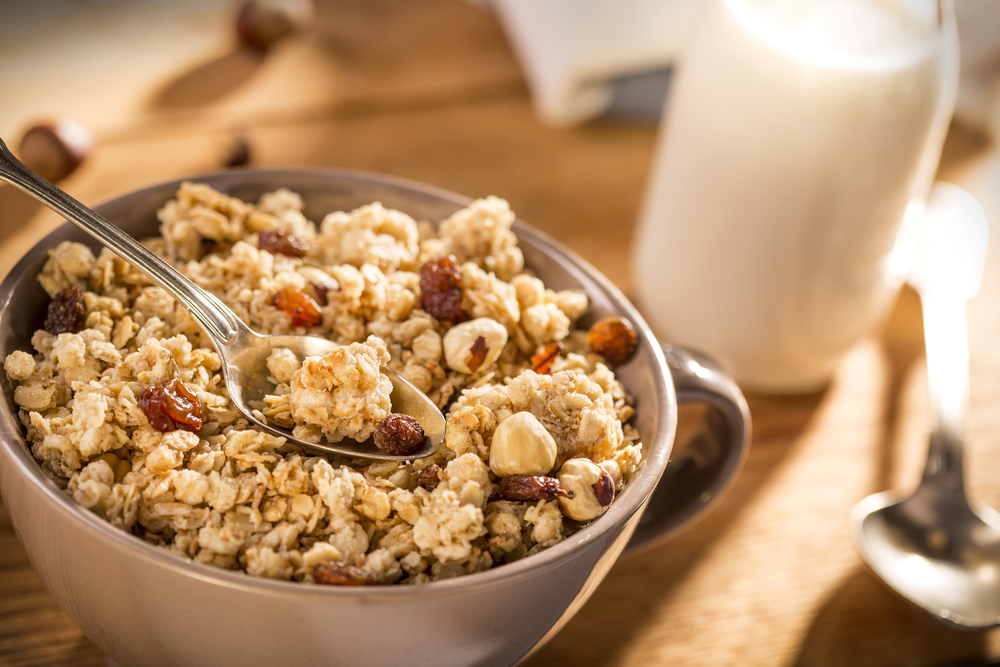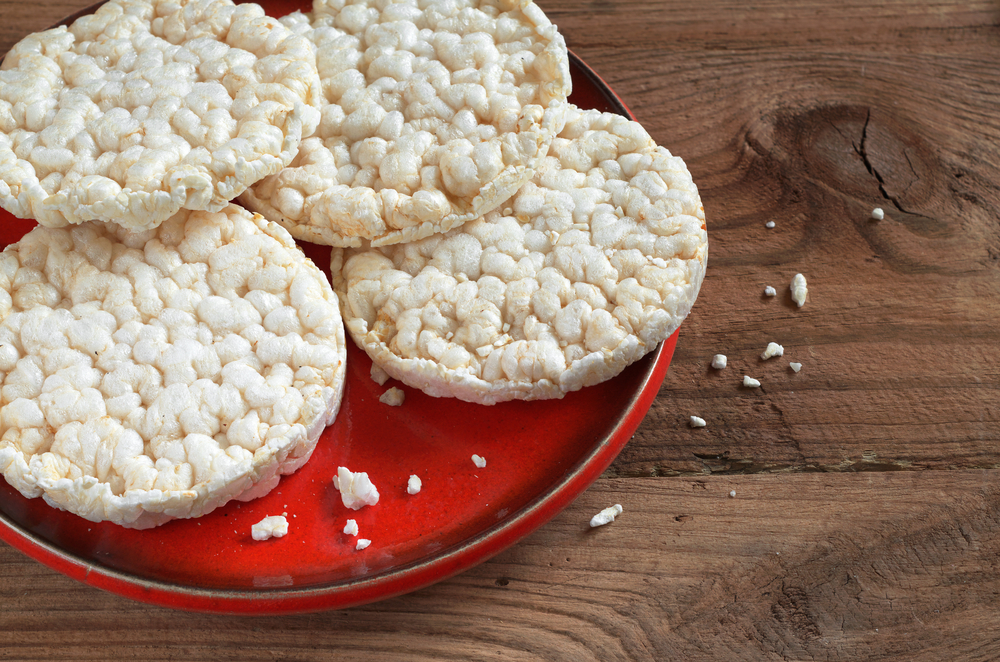I will never forget the moment. My sister’s face was contorted with rage. What could have happened? Did an Escalade cut her off in traffic? Did Starbucks run out of soy mochacinno with extra whip and light foam? Neither of the above. She was furious about margarine.
For years she had been told margarine was better for her than butter. Then the veil was lifted about trans fats. She felt jobbed by generations of nutrition experts. Everything she thought she knew about what to put on a warm muffin turned out to be a lie.
She isn’t alone. It seems like every other day we find out that an immutable truth about what we should and shouldn’t eat is not true. “Milk is nature’s perfect food,” said my father. “Not your Mom, not your milk,” says my granddaughter. “Trust me, I’m Colombian,” says Sofia Vergara about the Ninja Coffee Bar. “Do you know what too much caffeine is doing to you?” says a website called caffeineinformer.com.
It’s hard to know who to believe. (Though an actress’ nutrition bona fides can be reasonably questioned.)
Gildshire Magazines decided to examine foods that we considered healthy as recently as a few years ago. What happened to take them off the good list? Is there any chance they can come back?
Granola: Sit down and relax! There is good news where granola is concerned. It’s high in fiber and unsaturated fats, which lower cholesterol. It’s hidden sugars and portion control that are the danger zones.A serving is 1/4 to 1/3 of a cup. Many people eat 2-3 servings at a time. Suddenly, this iconic Earth Mother snack isn’t so wholesome anymore. Look for brands with no added sugar. Better yet, make your own granola.

Bran Muffins: You may regularly eat bran muffins for lunch as a way to increase dietary fiber. Good effort, except for the fat, sugar, and preservatives. I mean, be honest. Aren’t they basically a 454 calorie piece of cake in a muffin cup. Again, portion control, people! Why have muffins grown to be the size of a regulation softball? If you want a healthy muffin think back to the size Grandma made them.
Whole Wheat Wraps: I can hear you. “What in the name of the Green Grocer can be wrong with a whole wheat wrap?” Commercially made whole wheat wraps skimp on the fiberand contain 300 calories bare naked. (That’s before the turkey, avocado, and cheese is included.) Look for 150 calorie wraps with at least four grams of fiber.
Fat-Free Salad Dressings: Not too many years ago the fat-free angels circled over our heads while we shopped. “It doesn’t matter what you eat, as long as it doesn’t have any fat,” they sang. “It’s fat that makes you fat, not calories,” said one popular and follically-challenged infomercial star. Those messages were why millions of people were eating boxes of Snackwells in front of “Friends.” Today, “lite” dressings fill grocery store shelves in both the produce and bottled food sections. They call with a familiar song to dieters planning on a salad for dinner. The dressings are also crammed with sugar or corn syrup to make up for the flavor sacrificed when the fat was taken out.

Pretzels: This was another fair-haired snack during the low-fat craze. We know now how little they do for us in the nutritive sense. The pretzels interesting shape is a table for extra sodium. They aren’t the worst thing on the list…unless you indulge in 3-4 times the recommended ten-piece serving size.
Veggie Burgers: They sure sound healthy, don’t they? After all, most of the word “vegetable” is right in the name. Don’t you feel healthier already? A closer look shows us where it can all go wrong. Frozen veggie burgers contain more processed filler ingredients and sodium than actual vegetables or beans.
Shopper’s tip: If you are going to buy frozen veggie burgers, or anything else on the list, for that matter) look for an ingredient list containing only words you can pronounce. As a rule of thumb the more syllables an ingredient contains the further it is from good for you. Bon Appetit’.




